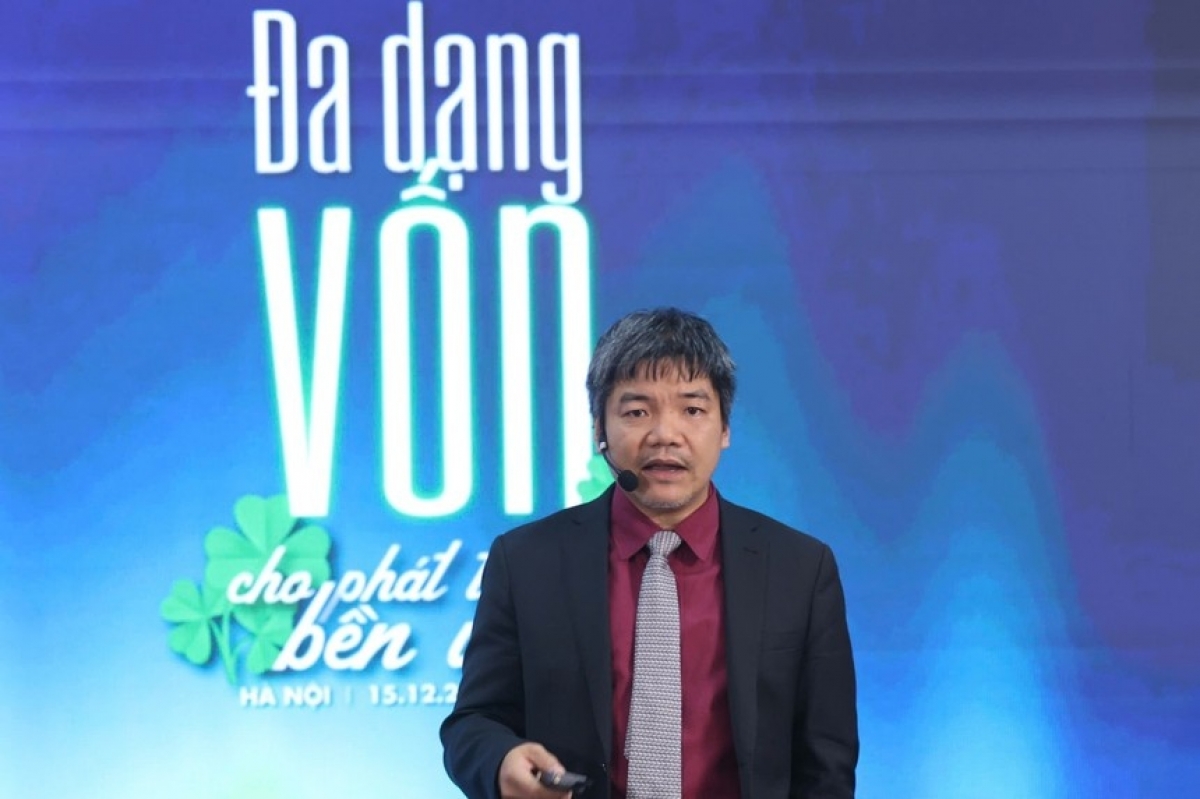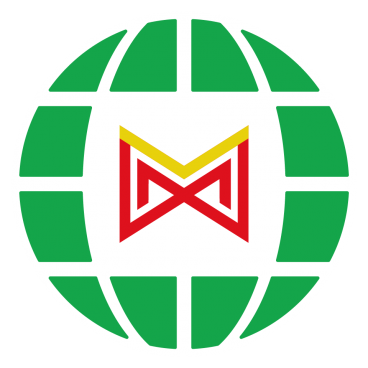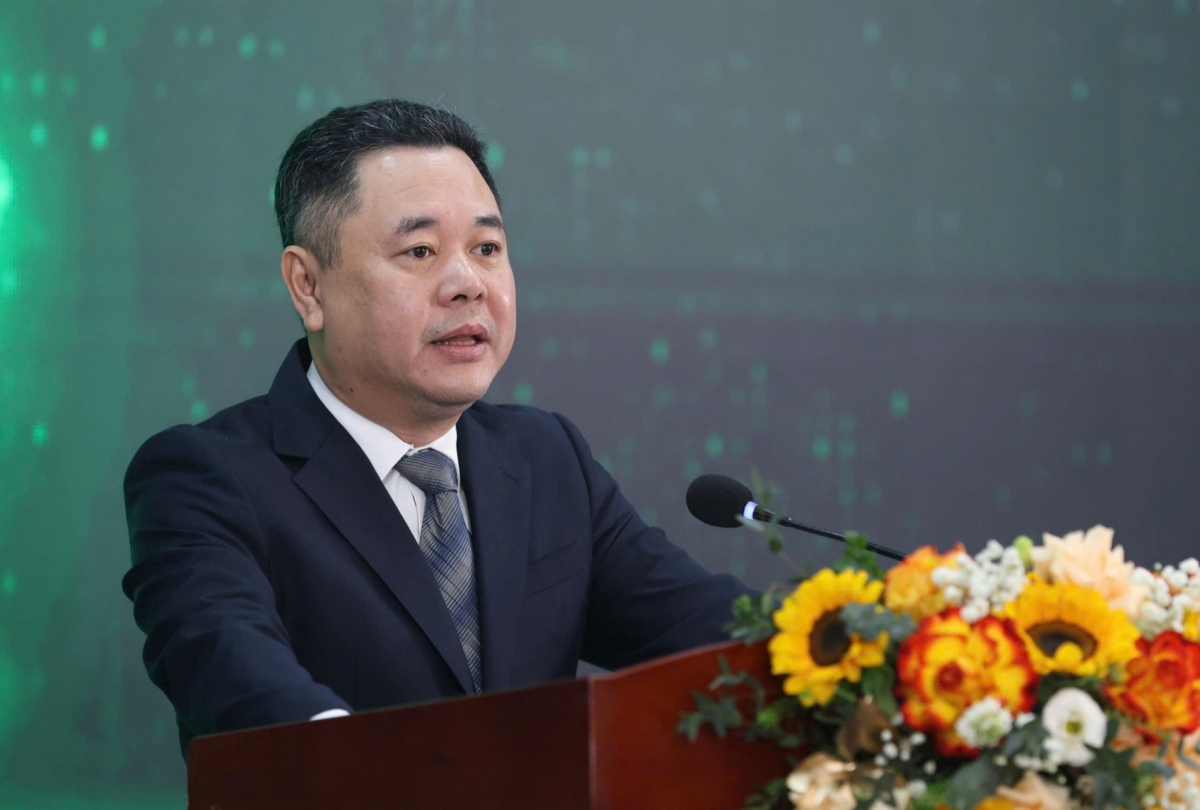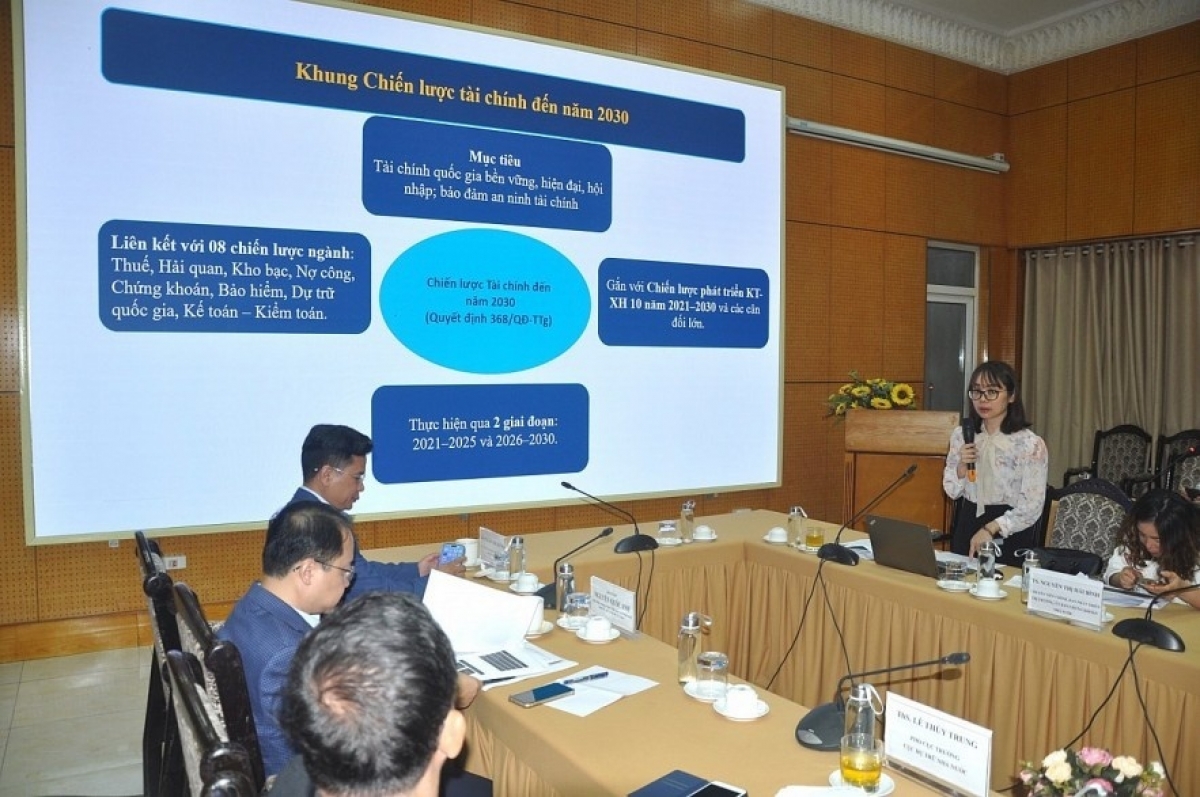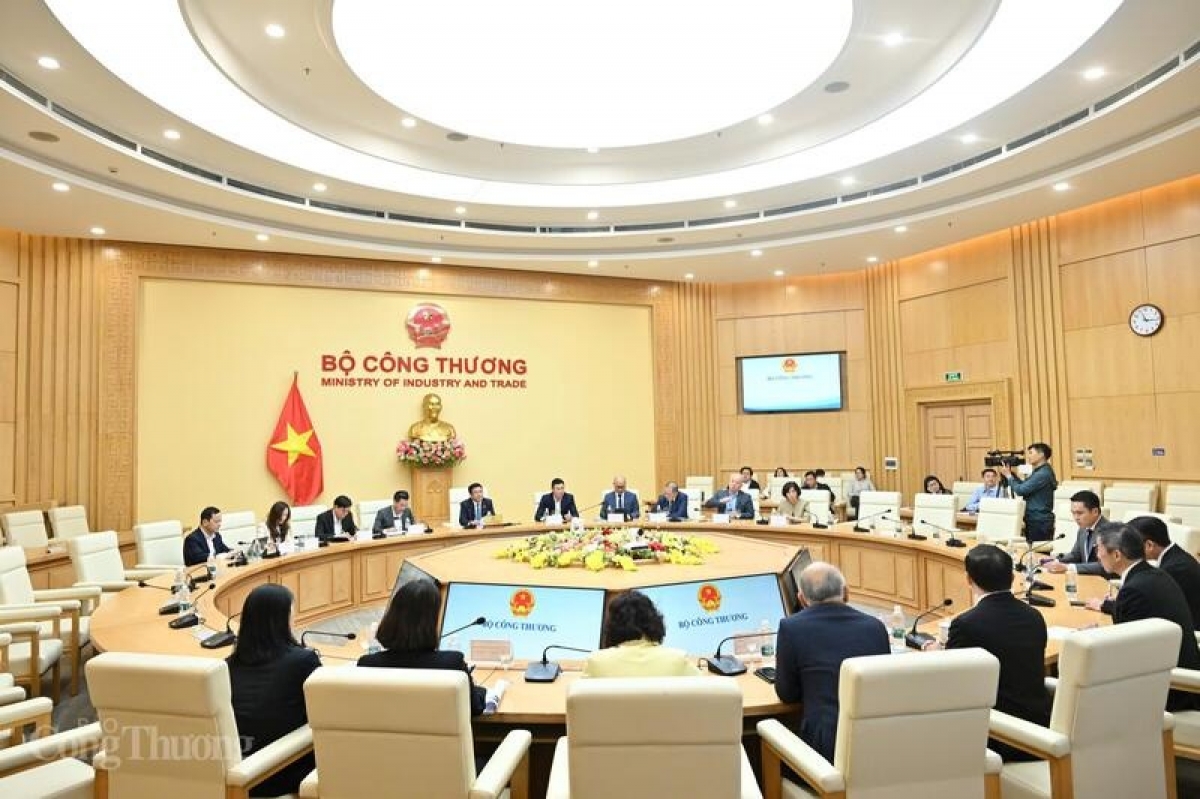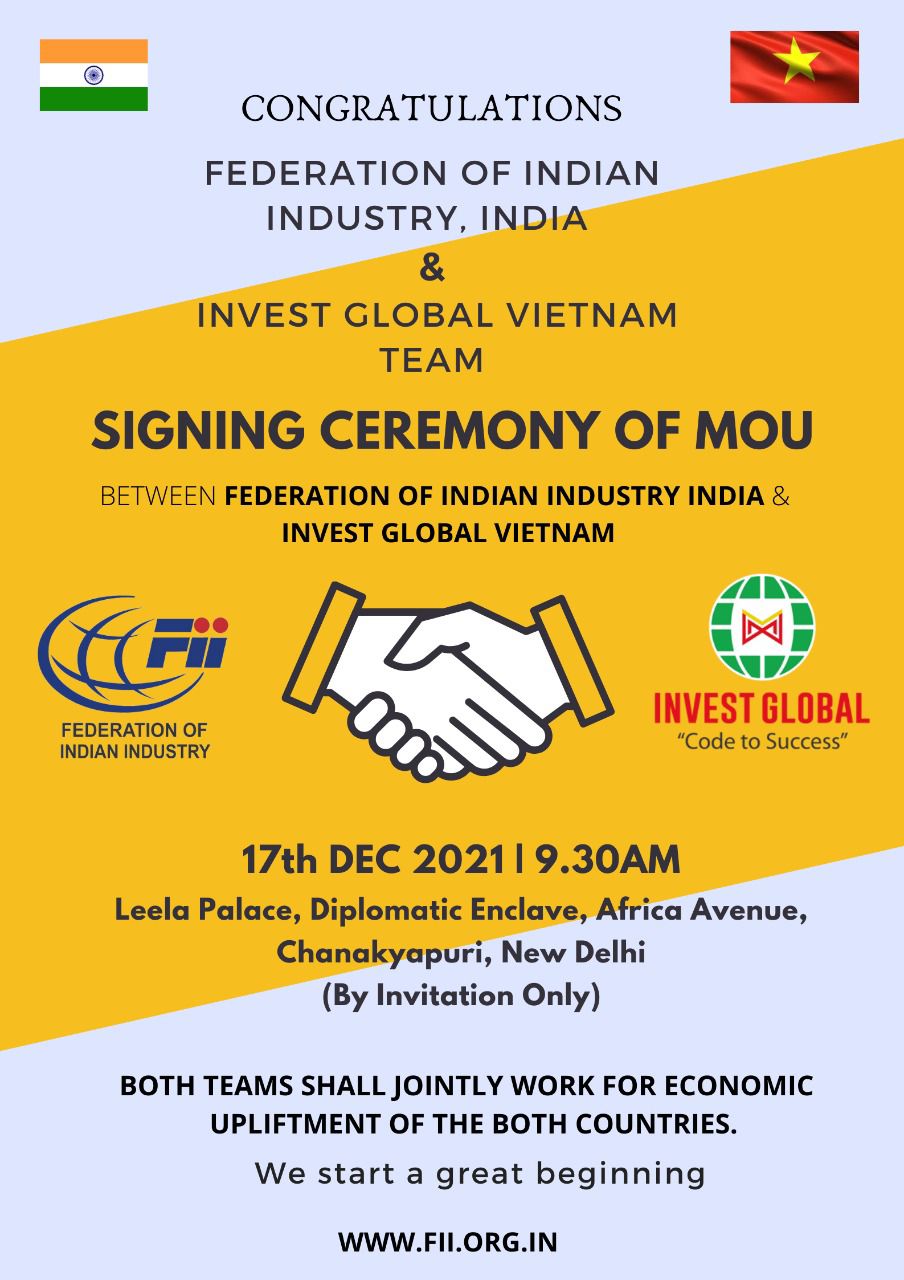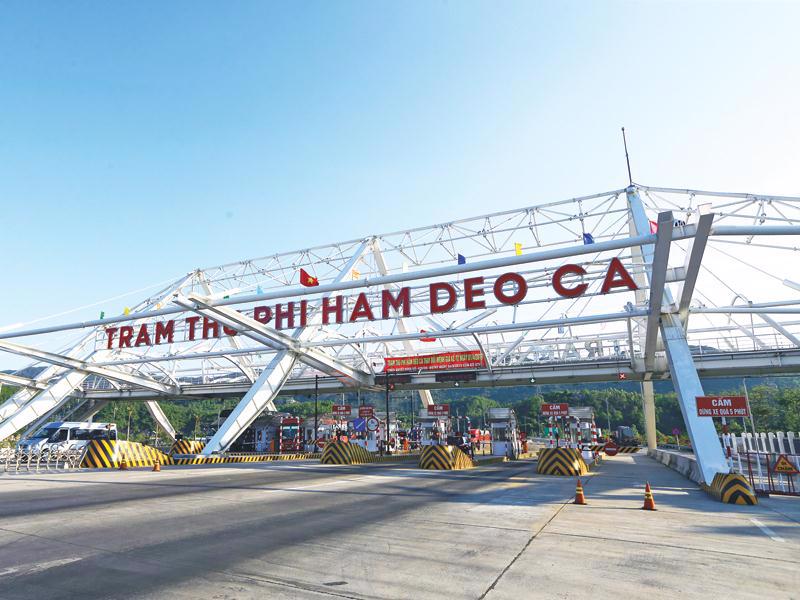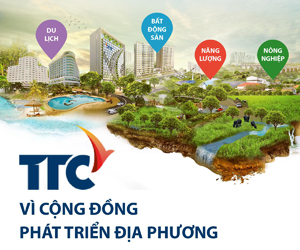INTERNATIONAL INVESTMENT
AND PORTAL
What positive impacts has the EU-Vietnam Free Trade Agreement (EVFTA) had on the EU-Vietnam trade cooperation so far?
 Dr. Oliver Massmann, partner and general director of consulting firm Duane Morris Vietnam LLC, and also a senior advisor on the implementation of the deal
Dr. Oliver Massmann, partner and general director of consulting firm Duane Morris Vietnam LLC, and also a senior advisor on the implementation of the deal The EVFTA has significantly enhanced trade and investment relations between EU and Vietnam. With a big foreign trade volume after it came into effect, the EU is now among Vietnam’s largest trading partners. According to the European Commission, Vietnam is the EU’s 16th-largest trade partner and, within ASEAN, the EU’s second-largest trading partner.
Combined, ASEAN is the EU’s third-largest trading partner outside Europe, after the US and China. The EU’s main exports to Vietnam are high-tech products, including electrical machinery and equipment, aircraft, vehicles, and pharmaceutical products, while Vietnam’s main exports to the EU are telephone sets, electronic products, footwear, textiles and clothing, coffee, rice, seafood, and furniture.
As we approach the fifth anniversary of its implementation, several positive impacts are evident. Figures from the Ministry of Industry and Trade showed that Vietnamese exports to the EU have experienced substantial growth, increasing from approximately $36 billion in 2019 to over $52.1 billion in 2024. This surge is particularly notable in sectors such as electronics, textiles, footwear, agriculture, and seafood.
The EVFTA has stimulated investment flows, particularly in renewable energy and other strategic sectors. Several EU countries have increased investments in Vietnam’s renewable energy sector, aligning with global sustainability trends. Beyond energy, EU investments have targeted various sectors, contributing to Vietnam’s economic diversification and development. According to the Ministry of Planning and Investment in Vietnam, the EVFTA has positioned the EU as the sixth-largest foreign direct investment source in Vietnam, with $28.8 billion invested in 2,450 projects, particularly in high-tech sectors.
What opportunities and sectors can EU investors benefit from in the Vietnamese market?
The EVFTA, by liberalising customs duties and strengthening trade and business relations, offers significant opportunities for EU companies. It grants greater access to an emerging market of nearly 100 million people, including approximately 55 million workers. Additionally, the agreement fosters partnerships, dialogue, and cooperation, thereby enhancing relations with the Southeast Asian region.
The deal has opened up opportunities for EU investors in the Vietnamese market by providing easier access in terms of foreign direct investment and public-private partnership projects. They can benefit from the EVFTA in several sectors, and first is high-tech manufacturing. The deal facilitates EU exports of high-tech products to Vietnam, including electrical machinery and equipment, creating opportunities for EU investors in the Vietnamese market.
The second area is renewable energy. The EVFTA has led to increased investments in renewable energy by several EU countries, contributing to the growth of this sector in Vietnam. Third is pharmaceuticals. Approximately half of EU pharmaceutical imports to Vietnam will be duty-free, enhancing the attractiveness of Vietnam’s pharmaceutical market to EU investors.
Meeting stringent rules of origin (ROO) under the deal may be a burden for businesses. Could you elaborate on this obstruction?
ROO applies under the EVFTA where applicable goods must be originated in the EU or Vietnam to receive preferential tariff. In this regard, in 2020, rules were implemented in which a product is stated to be considered to originate in the EU or in Vietnam in two cases. The first is a wholly obtained product, and the second is products obtained by incorporating materials which have not been fully obtained there, provided that these materials have undergone sufficient processing alteration work.
Vietnam faces significant difficulties complying with the EVFTA’s ROO due to the practice of sourcing inputs from neighbouring countries to take advantages of the rule on cumulation of origin. Accordingly, such a rule allows Vietnamese goods produced through multiple stages to utilise raw materials from other countries while still meeting the required regional content.
Specifically, in the textile and garment sector, production materials can be imported from countries having signed FTAs with both the EU and Vietnam, such as South Korea. Therefore, businesses can import raw materials from EU countries or other countries with FTAs with the EU to take advantage of tax incentives. However, the cost from these countries is not cheap.
Even with a zero tariff rate, importing materials from South Korea still fails to achieve economic efficiency. This complex supply chain network makes it difficult for many exports to meet the strict criteria needed to qualify for duty-free treatment. As a result, many firms have difficulty taking full advantage of the deal’s benefits. Complicated admin procedures to certify origin also pose significant obstacles.
How can exporters in Vietnam overcome this and boost their shipments to the EU market?
To overcome challenges posed by the ROO under the EVFTA, exporters can adopt several solutions. First is to obtain a thorough understanding by participating in government and industry-led workshops on the requirements.
Second is to build an effective system of origin management and supply chain tracking, enterprises need to prepare from the beginning of the production process, for example, from selecting the source of raw materials, collecting certificates of origin of raw materials, and storing supporting documents. Third is to proactively secure a supply of raw materials by collaborating with local suppliers to ensure a steady and compliant supply of materials, reducing reliance on imported materials.
 Latest EU business survey highlights benefits of trade deal
Latest EU business survey highlights benefits of trade deal As the EU-Vietnam Free Trade Agreement (EVFTA) approaches the fourth anniversary of its entry into force on August 1, a survey by the European Chamber of Commerce in Vietnam (EuroCham) painted a nuanced picture of the agreement's impact.
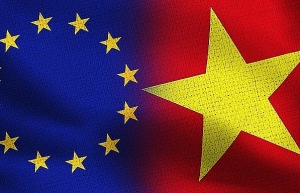 EVIPA requires methodical approach
EVIPA requires methodical approach The European Commission is set to urge EU member states to expedite the ratification of the EU-Vietnam Investment Protection Agreement to enhance investment flows.
 EU-Vietnam e-commerce shows promise
EU-Vietnam e-commerce shows promise Cross-border e-commerce potential between Vietnam and the EU is gaining momentum four years after the implementation of the EU-Vietnam Free Trade Agreement.
